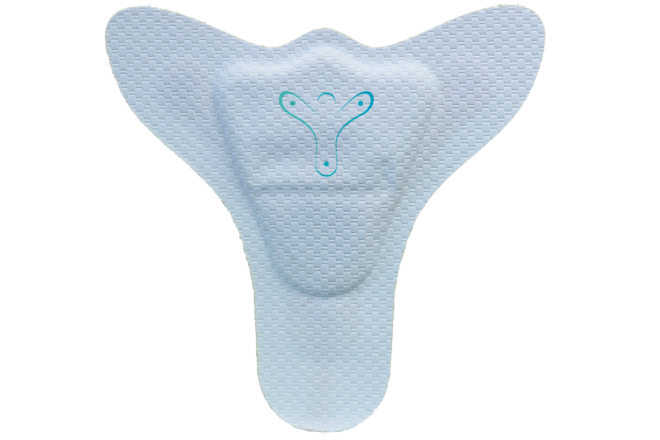Hybrid Sensors
Hybrid sensors combine different sensors and different types of technology to gain more information on a subject. This can be done by combining traditional electronics with printed electronics or even combining different sensor layers within a single sensor.
When it comes to patient monitoring, it is often the case that we want to be as efficient and unobtrusive as possible. This often means combining many different sensors in a small package so there are as few wires, patches and other objects around a subject.
A person’s heart rate can be an indicator of how the person is doing; Are they under a lot of stress? Are they suffering from an arrhythmia? The truth is, the more information we have, the better we know exactly what the person is going through. Combining heart rate measurement with measuring a person’s breathing rate, oxygen saturation (SpO2), heart rate variability, their body position and others can form a much more complete picture of how they are doing.
This is why hybrid sensors are becoming more and more common in smart patches and similar electrode applications. This is not just true when it comes to clinical settings, but also for people who want to monitor their progress during exercise or sports. The benefits that can be gained from hybrid sensors are significant.

Project Example: Inomedis MyAngel Patch
The French/Canadian company Inomedis contacted Screentec to help produce their MyAngel patch. The patch is a great example of a hybrid sensor, not only does it measure heart rate, but also oxygen saturation, body position, body temperature and even includes a step counter. The patch can communicate with smart phones through Bluetooth Low Energy (BLE) and a smartphone app helps analyse the data from the patch and helps patients predict heart attacks and can even be used to detect the presence of infectious diseases.
The idea to make the patch stemmed from a personal tragedy by Inomedis’ founder Dr. Fabrice Vaussenat, when his brother suffered a heart attack during a hike in the woods of Canada. Without an effective way to call for help, emergencies services arrived in time to save him, but not in time to stop him from becoming paraplegic. To prevent others from suffering the same fate, Dr. Vaussenat has spent many years developing the MyAngel patch and the algorithms that make it so effective.